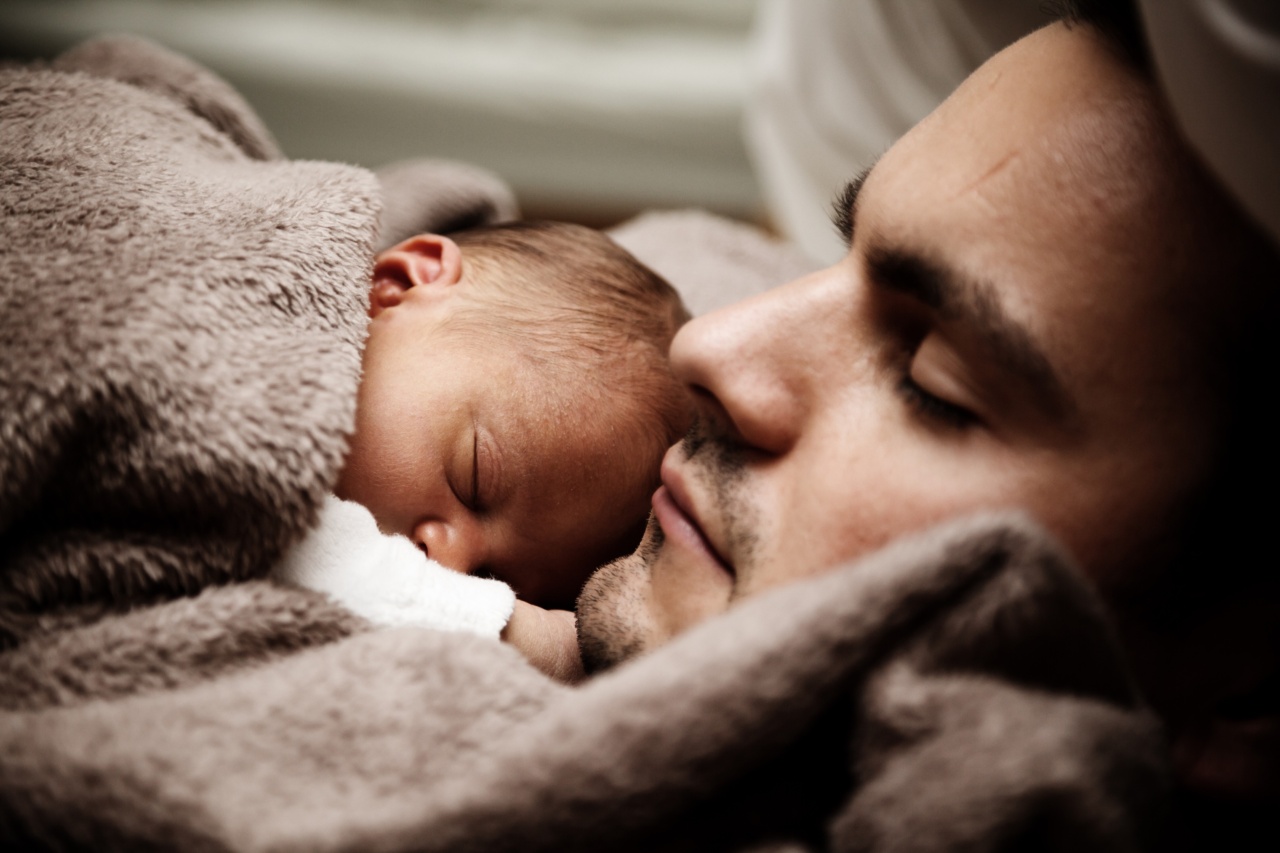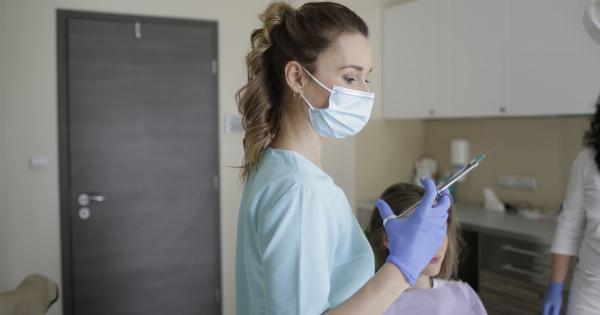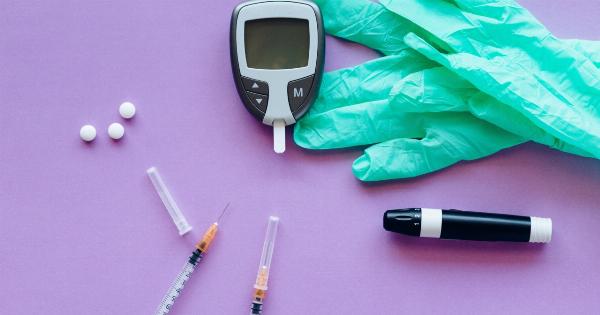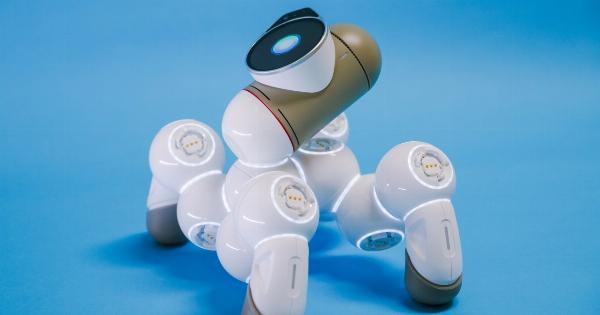For a child, undergoing surgery is no small matter. The thought of a loved one going under the knife for any kind of procedure can be heart-wrenching. However, when it comes to children, the risks involved in giving anesthesia can be even greater.
Parents may wonder, is it safe to give pre-surgery anesthesia to kids?.
What Are the Risks?
Anesthesia is a type of medication or drug that is used to keep patients comfortable and at ease during surgery. While it is generally a safe and effective way to manage pain and discomfort during medical procedures, there are risks involved.
One of the biggest concerns with pediatric anesthesia is that children, especially young children, may have stronger and more unpredictable reactions to the medication.
There are also risks involved with administering anesthesia to children with certain conditions or medical histories. For example:.
- Children with asthma may experience more severe respiratory distress from the medication
- Children with heart conditions may experience a drop in blood pressure during the procedure
- Children who have had surgery before may have a greater risk of developing complications from anesthesia
How Do Doctors Evaluate Risks?
When a child is scheduled for surgery, the medical team involved will evaluate the risks involved with administering anesthesia on a case-by-case basis.
This may involve a thorough medical history review, physical examination, and any necessary tests or labs. In some cases, the medical team may decide to postpone or cancel the surgery if the risks of using anesthesia are deemed too great.
What Precautions Can Be Taken?
Despite the risks involved, there are steps that doctors and parents can take to minimize the potential dangers of anesthesia. Some examples include:.
- Ensuring that the child fasts for an appropriate amount of time before the procedure (typically 6-8 hours) to reduce the risk of aspiration
- Controlling the child’s pain levels with other medications before and after the procedure to reduce the amount of anesthesia needed
- Using the lowest possible dose of anesthesia required to keep the child comfortable during the procedure
- Using specialized monitoring equipment to track the child’s vital signs during the procedure
- Ensuring that the anesthesiologist used is qualified and experienced in pediatric anesthesia
Are There Any Alternative Methods?
In some cases, there may be alternative methods of managing pain and discomfort during surgery that do not involve the use of anesthesia. For example, for certain minor procedures, a local anesthetic may be given to numb the area being operated on.
In other cases, general anesthesia may be avoided by choosing a less invasive surgical technique.
When Is Anesthesia Safe for Kids?
Despite the risks involved, the vast majority of children who undergo surgery with anesthesia experience no serious complications. In fact, anesthesia has become a routine and generally safe part of many medical procedures, even for children.
Ultimately, the decision to use anesthesia will depend on a variety of factors, including the child’s medical history, age, and the nature of the procedure being performed.
Parents should work closely with their child’s medical team to evaluate the risks and benefits involved and make an informed decision about the best course of action.
The Bottom Line
While pre-surgery anesthesia is generally safe for children, there are risks involved in administering the medication to young patients.
However, by taking appropriate precautions and closely monitoring the child’s condition during the procedure, these risks can be minimized. Parents should work closely with their child’s medical team to evaluate the risks and benefits and make an informed decision about the best course of action for their child.































